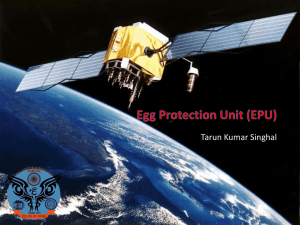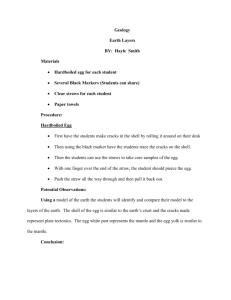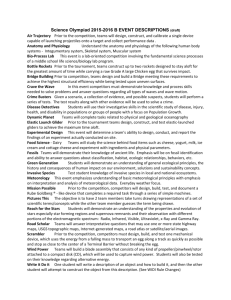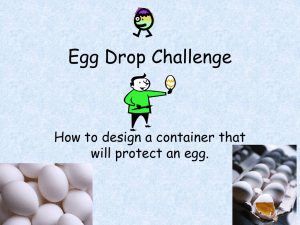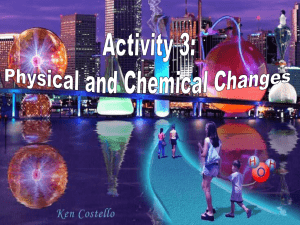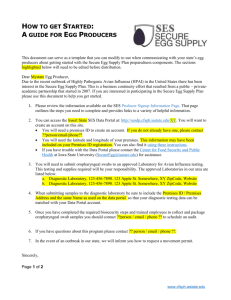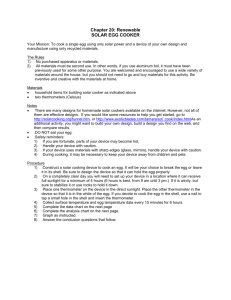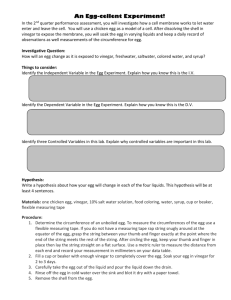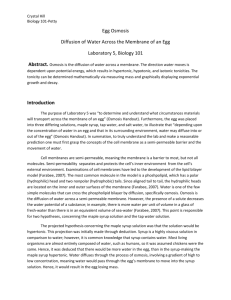experimental method worksheet
advertisement
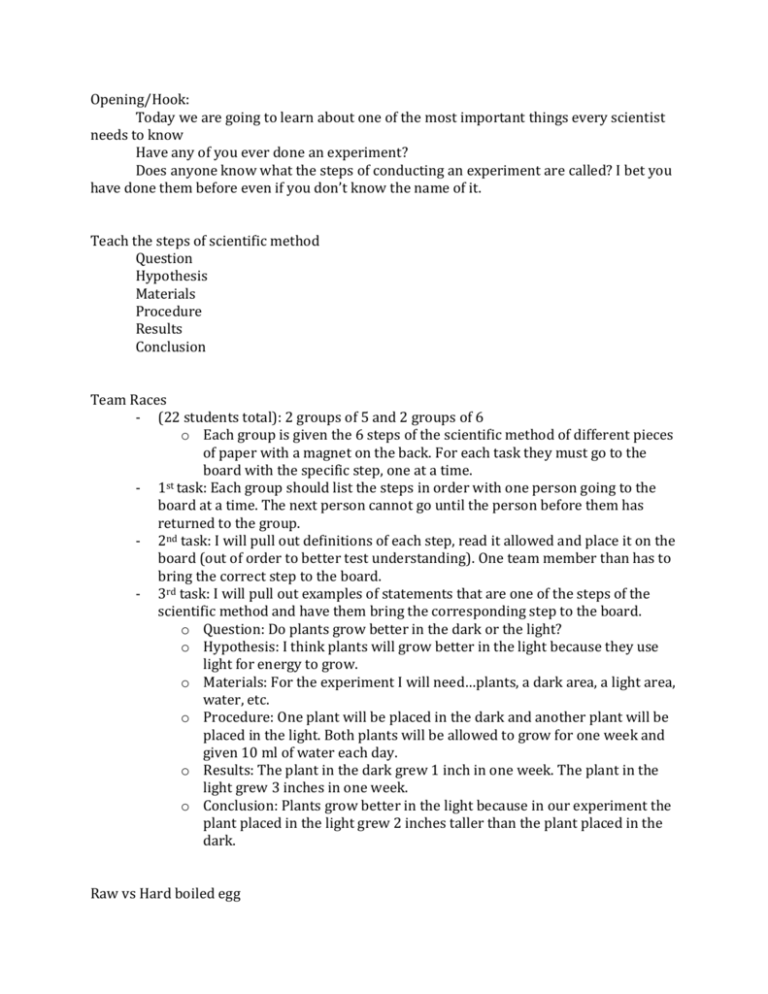
Opening/Hook: Today we are going to learn about one of the most important things every scientist needs to know Have any of you ever done an experiment? Does anyone know what the steps of conducting an experiment are called? I bet you have done them before even if you don’t know the name of it. Teach the steps of scientific method Question Hypothesis Materials Procedure Results Conclusion Team Races - (22 students total): 2 groups of 5 and 2 groups of 6 o Each group is given the 6 steps of the scientific method of different pieces of paper with a magnet on the back. For each task they must go to the board with the specific step, one at a time. st - 1 task: Each group should list the steps in order with one person going to the board at a time. The next person cannot go until the person before them has returned to the group. - 2nd task: I will pull out definitions of each step, read it allowed and place it on the board (out of order to better test understanding). One team member than has to bring the correct step to the board. - 3rd task: I will pull out examples of statements that are one of the steps of the scientific method and have them bring the corresponding step to the board. o Question: Do plants grow better in the dark or the light? o Hypothesis: I think plants will grow better in the light because they use light for energy to grow. o Materials: For the experiment I will need…plants, a dark area, a light area, water, etc. o Procedure: One plant will be placed in the dark and another plant will be placed in the light. Both plants will be allowed to grow for one week and given 10 ml of water each day. o Results: The plant in the dark grew 1 inch in one week. The plant in the light grew 3 inches in one week. o Conclusion: Plants grow better in the light because in our experiment the plant placed in the light grew 2 inches taller than the plant placed in the dark. Raw vs Hard boiled egg First teach observation: - label your eggs (give each egg a color so that you can easily refer to it on the diagram) - Have pairs look at their eggs together and write down similarities and differences - Using a Venn diagram - Scientists make observations in order to formulate an educated hypothesis. Question: - Students must answer the question of which egg is raw and which is hard boiled Hypothesis - Students formulate a prediction of which one is which based on their observations at the beginning of the activity. - Ex: Experiment: - Spin each egg and observe how it moves. Does one move faster than the other? Does one spin in a different way? - While the egg is spinning, put your finger on the egg to stop it and then move your finger away. Does the egg keep spinning? Results: Egg ___: How did the egg spin? What happened when you put your finger on the egg to stop it? Egg __: How did the egg spin? What happened when you put your finger on the egg to stop it?




